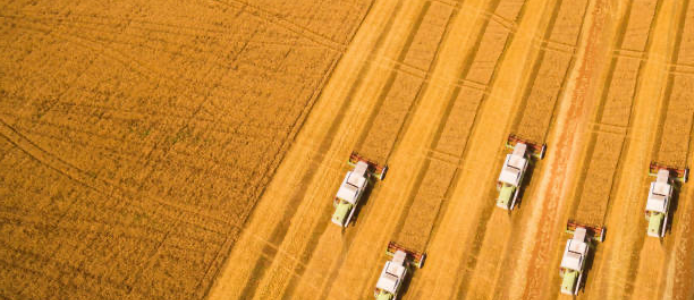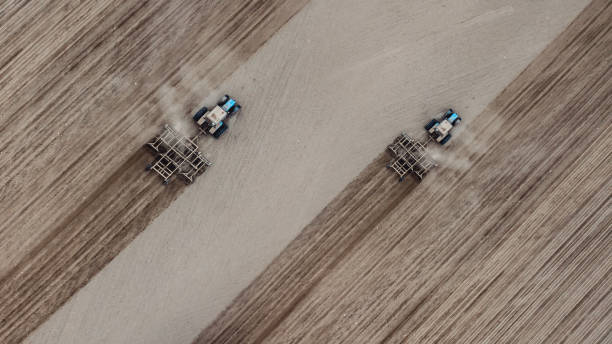This thinking can result in some large realizations about truly innovative ways to get the customer’s jobs done. Experienced product managers and engineers who are very close to a machine can often find it difficult to take this step seriously, because their experience tells them that it is a waste of time, as they (or others) would have already seen a better way if it existed. This would almost certainly be the case in a world where technological change was slow. However, this is not the world we live in. The pace of technological change continues to grow exponentially, and the arrival of technology that enables scalable connected and autonomous machines means that there can be fundamentally new ways to deliver value for customers by getting these core agricultural jobs done in new ways that were not feasible 10, 5, or even 2 years ago.
This is the opportunity to step back from a single machine’s function and think about the workflow that takes place. If we were to take an example of creating hay bales for cattle feed, this job consists of many steps along the way, including cutting hay, raking, baling, gathering bales, wrapping, transporting, storing, distributing, deploying, processing, and finally delivering the hay as feed. There are many different machines used within this workflow today, each with a specific job that is disconnected from the others. Recent advances in connectivity technology now provide opportunities to develop coordinated information flow through some of these steps in the process, and advances in automation allow this to be executed with multi-machine systems to bring new process efficiency. Rather than focusing on a single machine within this workflow, it is beneficial to consider the current challenges faced by the users throughout the workflow and think about how connected systems may reduce these challenges.
An effective methodology in executing this approach draws from agile development, through the definition of user stories. The first step of this process is defining the system users. While machine manufacturers will most often be thinking of the machine operator, there are actually many different users within any given workflow. These can include common roles such as farm owners, farm managers, machine operators, dealers and support staff, agronomists, and the manufacturer’s sales, engineering, production, and service. Each of these users have different challenges, and as a result, a value offering to each of them could be different. Identifying the value to each of these users is a key step in proper multi-machine system design; while not all users may have the same weight, forgetting about any of them could have disastrous results. For example, developing a system that meets all of the machine operator’s needs when it works well, but does not consider service and support for when things go wrong, may result in a poor user experience overall.
With the users considered, a process of walking through the workflow and identifying the greatest pain points faced by each can help to identify opportunities to create new value. This process of walking through the workflow with the users identified and considering their perspective is extremely valuable in focusing into areas that are the core strengths of the organization. Of course, most manufacturers are not going to have expertise, capabilities, or resources to develop a complete system for the entire workflow, but understanding the entire workflow may allow the manufacturer to identify new opportunities to connect to new parts of it and expand their value and offering. There are many good techniques to apply to facilitate this process (which are beyond the scope of this article), but the outcome of this initial process should be one or more concepts on connected and multi-machine systems that might best help their customer complete their agricultural task.









